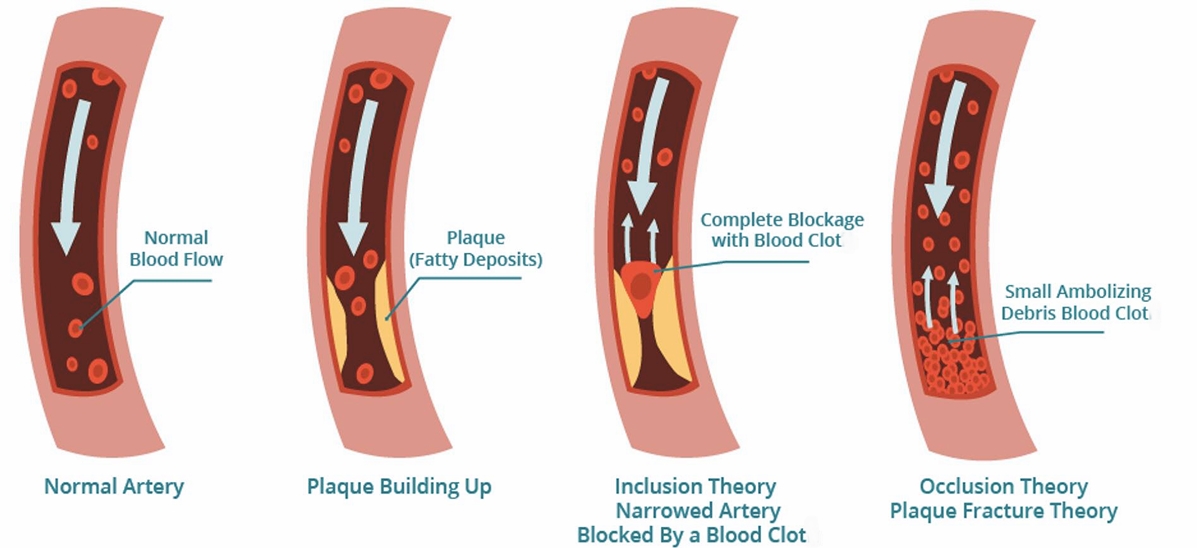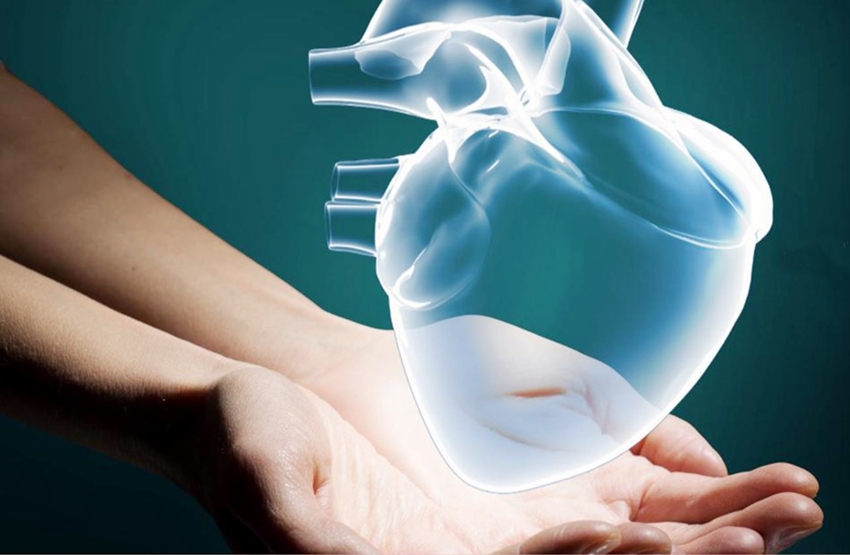
(Graphic: Advanced Body Scan)
Twice-monthly health columns are written by a practicing cardiologist, clinical professor at Wayne State University School of Medicine and founder of the Kahn Center for Cardiac Longevity in Bingham Farms. He's an author who has appeared on "Dr. Oz" and "The Doctors Show."
By Dr. Joel Kahn
It would seem obvious that examining the health of the approximate 50,000 miles of arteries in the body provides key information on heart and overall aging.
As Dr. Thomas Sydenham, a famous 17th century physician in England said: “A man is as old as his arteries.” This, of course, is true for women too.
Evaluating the health of the vascular system is not a common part of clinical examinations of patients and may be limited to checking blood pressure and assessing the appearance and circulation in the hands and feet. When is the last time your physican said: “I am worried your arteries are silently aging.” That should be a common comment.
There are actually a wide range of options for accurate vascular health assessments to spot potentially life-endangering risks.
Artery Imaging
Two methods of assessing arteries and determining arterial age are safe screening choices.
♦ Coronary artery calcium score (CACS) by CT: This noninvasive exam is performed without contrast or IV injection. It takes under a minute, is painless, isn't claustrophobic and has radiation exposure similar to a mammogram. It costs $75-$99 at major Detroit-area hospitals. The CACS ranges from the ideal zero to over 1,000. An online calculator uses the CACS and several other clinical markers to predict the 10-year risk of heart attack and stroke. You should know your score, unless you have already suffered a heart attack or have had a stent or bypass surgery.
♦ Carotid intimal-medial thickness (CIMT): This is ultrasound examination of the carotid arteries. Software analyzes digital images, measuring the thickness of the inner two cartoid layers millimeters. A healthy measure is around 0.6 mm and increased CIMT is a marker of atherosclerosis. There are databases of normal CIMT by age and gender. Many reports include the arterial age measured, so you can learn if you are average, younger or older than your birth age.

(Graphic: Harvard Health)
Endothelial Testing (the inner lining of arteries)
A healthy inner lining of arteries (endothelium) makes strong arteries that resist aging. Direct measures of endothelial function can be performed using the EndoPAT device available at vascular clinics like mine.
Indirect measures of endothelial testing include lab assessments of the urinary microalbumin/creatinine ratio and blood measurements of ADMA, myeloperoxidase, and homocysteine. While not commonly performed in most practices, these are available from major lab companies. Ask your medical team to test them if you want to know your artery health parameters.
Nitric Oxide Testing

(Graphic: Kahn Center for Cardiac Longevity)
Salivary nitric oxide can be estimated by using inexpensive test strips that turn pink if you are making enough of this critical molecule (NO). Improve your arteries' ability to make NO by eating more leafy greens, beets, watermelon and pine nuts.
The number one cause of death in Michigan and the country last year was cardiovascular diseases, with nearly twice as many deaths as from Covid. Never assume your arteries are healthy. I suggest you test, not guess, and then we can reduce the number of tragic deaths and disabilities that heart disease still causes.











